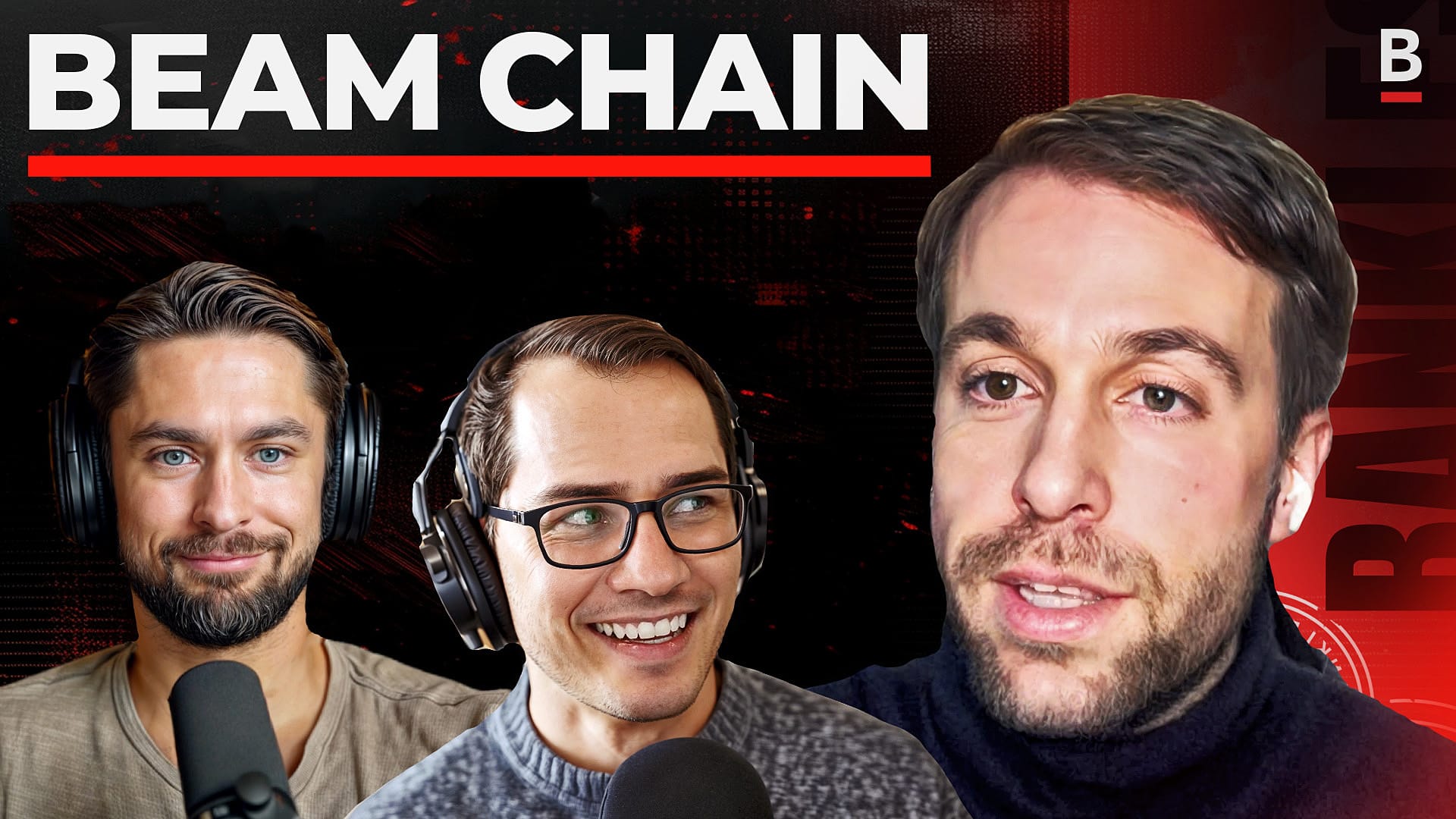Ethereum’s Three Front War | Justin Drake

✨ Mint the episode on Zora ✨
Ethereum’s Three Front War: Can It Win?
At Devcon, Ethereum researcher Justin Drake took the stage to unveil his “most ambitious initiative to date”: the Beam Chain. Anticipation was sky-high, with the community expecting Ethereum 3.0. Instead, they got what seemed like a narrower proposal, and reactions were mixed.
What followed was a wave of discourse about Ethereum's roadmap and its ability to remain competitive. On this episode of Bankless, we bring Justin back to address the criticism, explain the context behind the Beam Chain, and discuss Ethereum’s strategy to win what we’re calling its “Three Front War.”
The Three Front War
Ethereum’s future roadmap can be categorized into three core pillars:
- Execution: The ability to process transactions efficiently, competing with Solana's blazing-fast blockchain.
- Data Availability (DA): Providing scalable and decentralized data layers, where Celestia is currently ahead.
- Consensus: Ethereum’s foundational layer of trust, facing competition from Bitcoin’s ossified but dominant network.
Justin framed these categories as the swimlanes that will shape Ethereum’s evolution. However, these lanes aren’t isolated. Solana, Celestia, and Bitcoin each excel in one domain while Ethereum aims to master them all—without sacrificing decentralization.
The Middle Game vs. Endgame
Right now, Ethereum seems to be losing what some call the “middle game.”
- Bitcoin continues to dominate the “money narrative,” gaining bids while ETH struggles to position itself as sound money.
- Solana captures the current meta for on-chain activities with its high-performance execution.
- Celestia is pushing ahead in the data availability game with bigger, faster blocks.
Yet Ethereum’s roadmap offers a compelling vision:
- “More blobs than Celestia.”
- “Faster execution than Solana.”
- “Better money than Bitcoin.”
This vision underscores Ethereum’s holistic approach—excelling across all fronts while maintaining decentralization, the blockchain trilemma's hardest constraint.
What Is the Beam Chain?
The Beam Chain is Justin Drake’s proposed approach to improving Ethereum’s consensus layer. It aligns with Ethereum’s broader roadmap to optimize consensus without compromising decentralization. As Justin puts it, the Beam Chain is not Ethereum 3.0; it’s a piece of the puzzle.
Can Ethereum Win the War?
The crypto space rewards projects that move fast and specialize, yet Ethereum plays the long game. It’s not just about building a blockchain that can do it all; it’s about building one that can do it all decentralized.
On the podcast, Justin argues that Ethereum’s strategy isn’t about defeating Solana, Celestia, or Bitcoin individually. Instead, it’s about outlasting and out-innovating through sustainable, community-driven upgrades.
While the road may seem uncertain, Ethereum’s greatest strength lies in its ability to adapt, iterate, and leverage its vibrant ecosystem of developers, researchers, and users.
As Justin points out, the ultimate “North Star” for Ethereum isn’t about winning individual battles. It’s about creating a decentralized internet of value—a system that can stand the test of time.